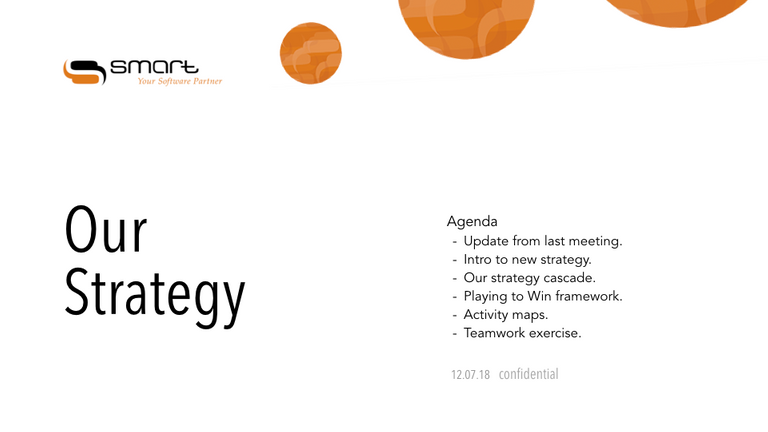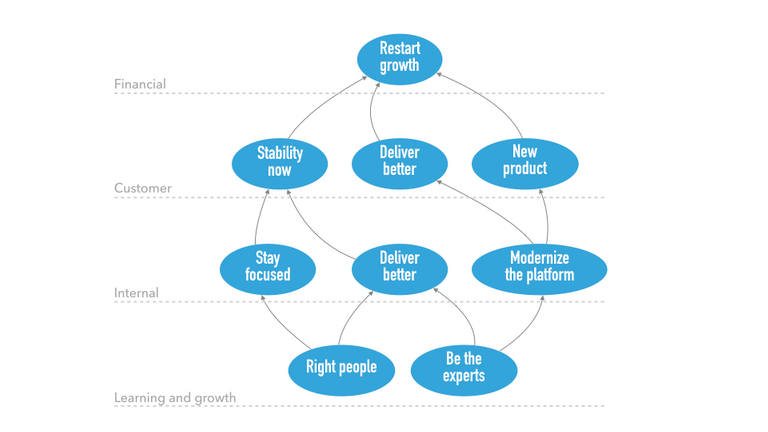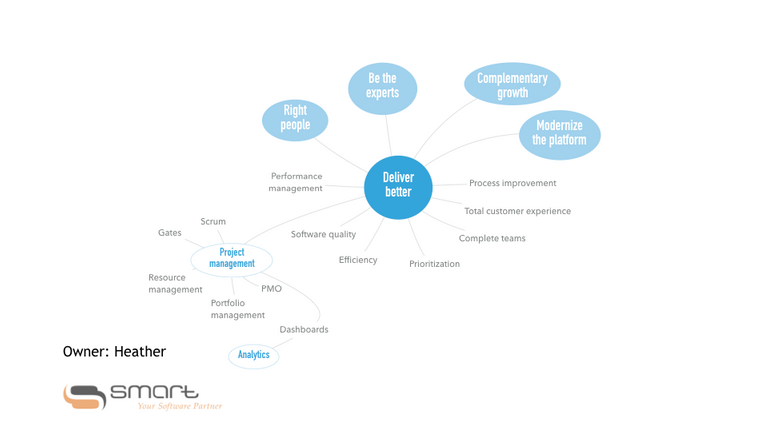Playing to Win with an EHR
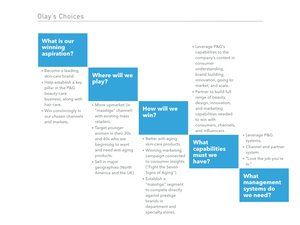
In 2018 I worked at Smart Management, an electronic health records (EHR) software vendor for opioid clinics. Our strategy was not well-defined and we spent most of our time putting out fires. I pitched and was given the opportunity to lead a business strategy discovery process with the leadership team.
I had used the Playing to Win strategy framework a few years back when I was at InsureMyTrip, where it proved to be a useful framework. Playing to Win was created by Roger Martin when he was at Monitor Group and A.G. Lafley when he was leading Procter & Gamble. It focuses on defining the area in which you will compete and assessing your capabilities and needs for how you will win. It's a flexible framework which can be cascaded throughout an organization, to ensure alignment from top to bottom.
I designed a workshop to introduce Playing to Win to the leadership team and begin our strategy work, with the following presentation. The workshop took place over 3 days, so the presentation is long, with examples meant to be reviewed between meetings:
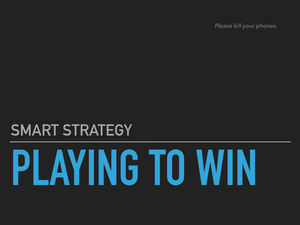
After the training, we spent several weeks determining where we wanted to play and how we might win. We assessed opportunities and risks, including the competition. We analyzed our capabilities, where we were strong and where we needed to be strong.
We then assigned owners to our core capability areas and those folks defined their objectives and key results (OKRs), created by Intel's Andy Grove and made popular by Google. We then critiqued the OKRs as a team and shored them up.
After our strategy was reviewed and tweaked, I put it all together in a presentation that our CEO gave to the company. At the end of the meeting, we had all the employees work in teams to provide feedback for us. We got great feedback and, just as important, increased everyone's understanding of the strategy and their buy-in.
I can't share the final presentation, of course, but here are a few slides:
What I learned
This was my second time leading a company strategy exercise. Both times, there was some resistance to learning a new way to think about strategy. Both times, I had to listen closely to the resistance, make sure people felt heard, and show the value this method offered. Both times, I learned more how to influence without authority.
Strategy is hard. You have to take a position, make trade-offs, be able to say No, and make all the pieces fit. It's no wonder some companies short-cut their strategic planning. In this go round, I learned also how to stay patient and stay determined when discussions get hard.
